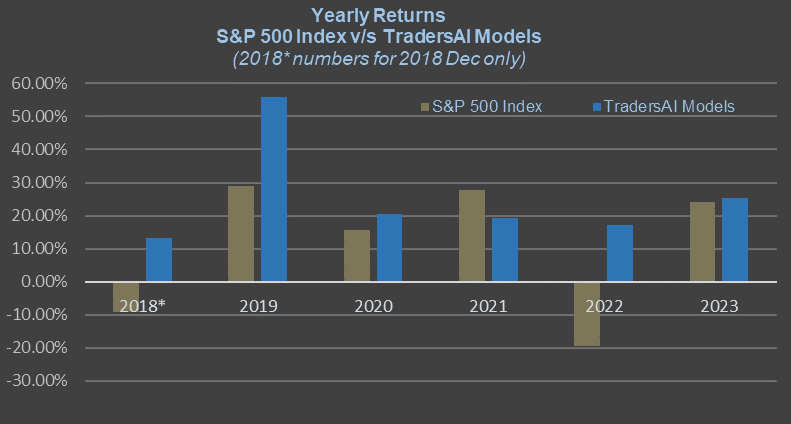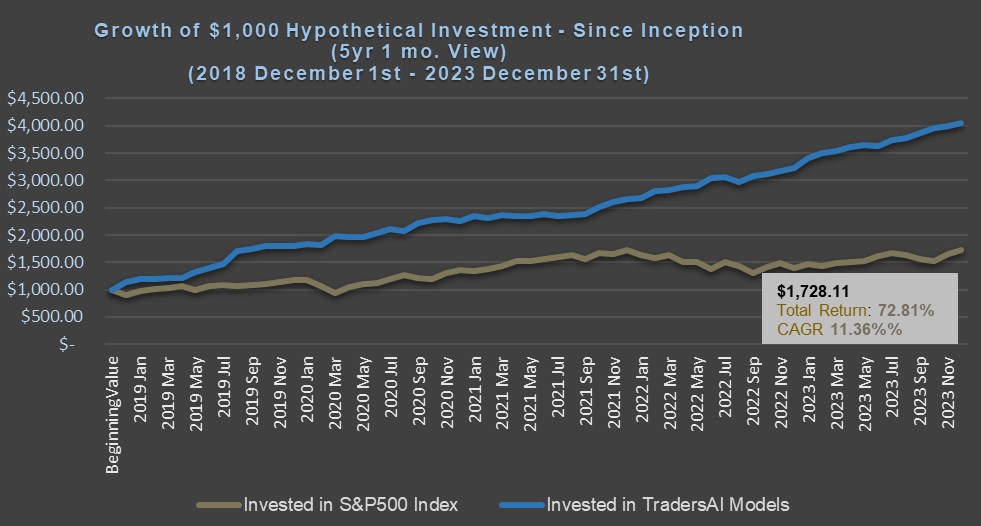Tug-of-War Along Our Proprietary Key Levels – Week-2, Day-2?
To put the “Tug-of-war” into perspective, consider this statistic: In the last ten years (since 2008/06/14), S&P 500 closed within Monday’s 5.91 points range ONLY 68 times out of 2,517 trading sessions! That is, just 2.7% of the times!! That’s how rare Monday’s close is, and why we call it a continued “tug-of-war”.
As mentioned in our forecast published last Wednesday night, and reiterated in our alert last Thursday morning, 2790 is the key level for the S&P 500 Index to clear for traders to engage in short-to-medium term buying. Last week, the index registered a high of 2791.47 – just shy of one-and-half points from our forecast level and then fell back and stayed below that level throughout the second-half of the week.
Into the 2nd week, these levels proved key today (Monday) too, with the day’s session testing the 2760 level with the session’s low of 2757.12 and then rebounding off of the 2760 level to close at 2773.75, just off -5.91 points (0.21%).
As mentioned in our forecast published last Wednesday night, and reiterated in our alert last Thursday morning, 2790 is the key level for the S&P 500 Index to clear for traders to engage in short-to-medium term buying. Last week, the index registered a high of 2791.47 – just shy of one-and-half points from our forecast level and then fell back and stayed below that level throughout the second-half of the week.
Into the 2nd week, these levels proved key today (Monday) too, with the day’s session testing the 2760 level with the session’s low of 2757.12 and then rebounding off of the 2760 level to close at 2773.75, just off -5.91 points (0.21%).
Model Biases/Outlook:
Both the medium-term and short-term models indicate continued bullish bias, albeit with some caution to confirm break-above the key levels (2790-2760-2740) before initating fresh new buying. As per the medium-term forecast published June 7th, Wednesday, night, “medium-term models now indicate switching to a slight bearish bias if the index falls below 2740 on a daily close basis.”. We reiterate that level for the 12th day in a row.
Medium-to-long term Models indicate staying bullish only above 2775, neutral between 2775 and 2740, and bearish below 2740.
Trading Plans for Monday, 06/18/2018:
Medium-to-long term investors
Meidum-term models indicate bullish bias above 2775, but indicate no new buying below 2790. The models indicate no short bias until at least a daily close below 2740 (slightly bearish) or below 2735 (outright bearish). Models indicate staying flat (no positions) within 2775-40.
Aggressive, short term, intraday, or professional traders
Those who followed our intraday models would have ended Monday flat after trading from the short side below 2770, per the trading plan published Sunday night.
For Tuesday, the aggressive/intraday models indicate trading from the short side (sell) while the index is below 2765, and from the long side (buy) only while above 2780; stay flat (no positions) between 2765-2780. The overnight futures market is showing weakness due to the post-market news headlines involving talks of new retaliatory tariffs on China from the US. This has the potential to snowball into an unwinding of the recent bullishness if not contained soon. Caution is advised when trading from the long side (buy) as you could get sucked into a bull-trap by false spikes.
Worth re-iterating: If you are a medium term investor, be patient and refrain from any fresh buying while the index is below 2790. It is okay if you miss some profitable moves to the upside – lost potential profits are more digestible than incurred real losses or protracted holdings of losing positions.
For Tuesday, the aggressive/intraday models indicate trading from the short side (sell) while the index is below 2765, and from the long side (buy) only while above 2780; stay flat (no positions) between 2765-2780. The overnight futures market is showing weakness due to the post-market news headlines involving talks of new retaliatory tariffs on China from the US. This has the potential to snowball into an unwinding of the recent bullishness if not contained soon. Caution is advised when trading from the long side (buy) as you could get sucked into a bull-trap by false spikes.
Worth re-iterating: If you are a medium term investor, be patient and refrain from any fresh buying while the index is below 2790. It is okay if you miss some profitable moves to the upside – lost potential profits are more digestible than incurred real losses or protracted holdings of losing positions.
IMPORTANT NOTICES & DISCLAIMERS – READ CAREFULLY:
(i) This article contains personal opinions of the author and is NOT representative of any organization(s) he may be affiliated with. This article is solely intended for informational and educational purposes only. It is NOT any specific advice or recommendation or solicitation to purchase or sell or cause any transaction in any specific investment instruments at any specific price levels, but it is a generic analysis of the instruments mentioned.
(ii) Do NOT make your financial investment or trading decisions based on this article; anyone doing so shall do so solely at their own risk. The author will NOT be responsible for any losses or loss of potential gains arising from any investments/trades made based on the opinions, forecasts or other information contained in this article.
(iii) Risk Warning: Investing, trading in S&P 500 Index – spot, futures, or options or in any other synthetic form – or its component stocks carries inherent risk of loss. Trading in leveraged instruments such as futures carries much higher risk of significant losses and you may lose more than you invested in them. Carefully consider your individual financial situation and investment objectives before investing in any financial instruments. If you are not a professional trader, consult a professional investment advisor before making your investment decisions.
(iv) Past performance: This article may contain references to past performance of hypothetical trades or past forecasts, which should NOT be taken as any representation or promise or guarantee of potential future profits. Past performance is not indicative of future performance.
(v) The author makes no representations whatsoever and assumes no responsibility as to the suitability, accuracy, completeness or validity of the information or the forecasts provided.
(vi) All opinions expressed herein are subject to change at any time, without any notice to anyone.






